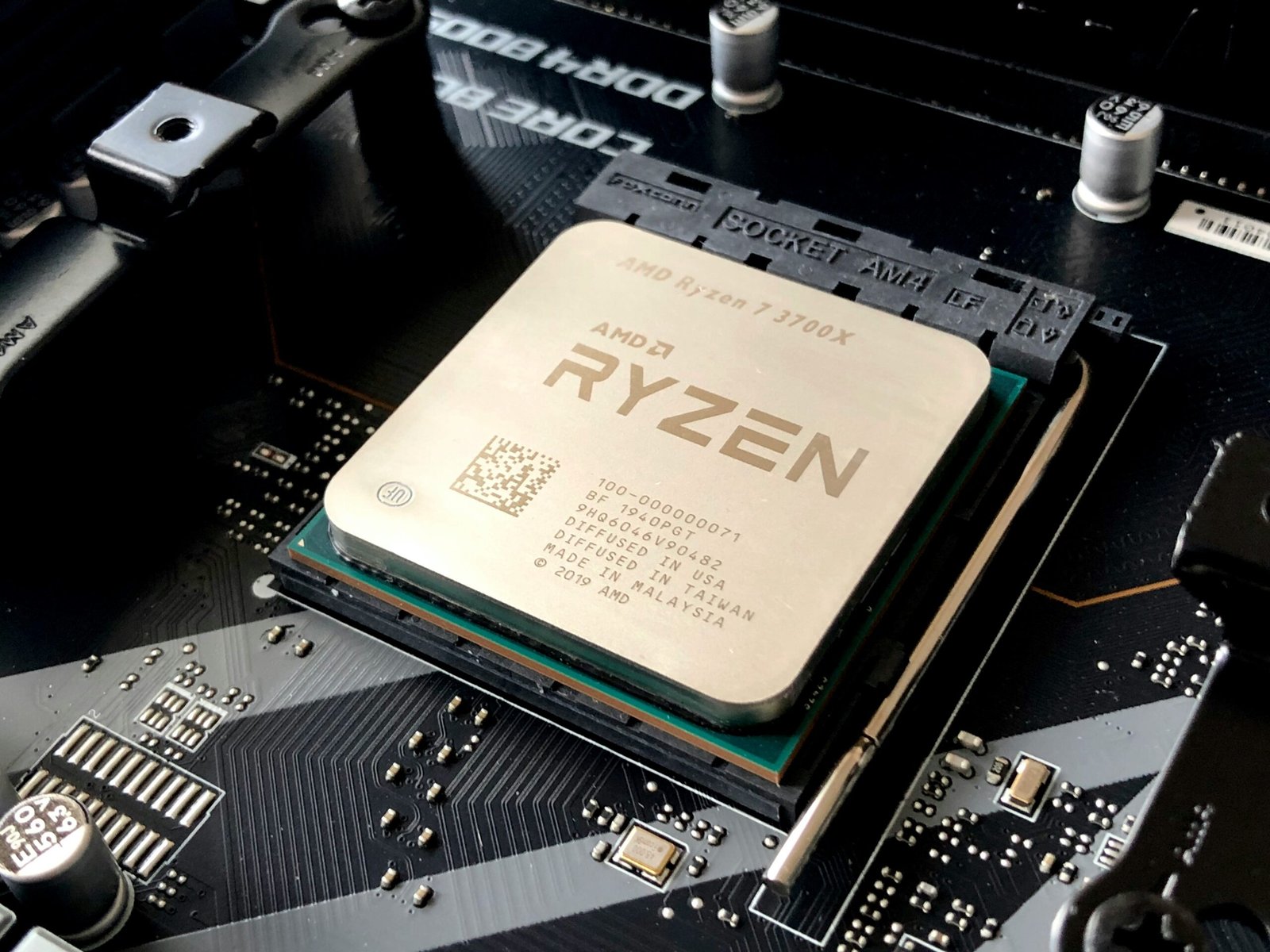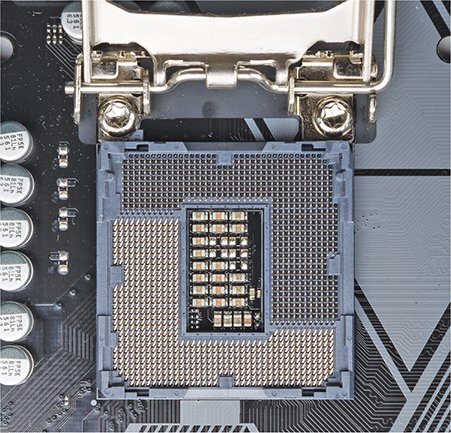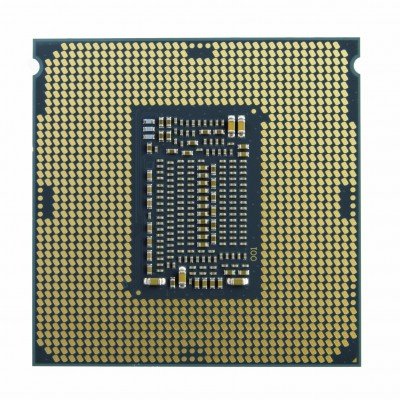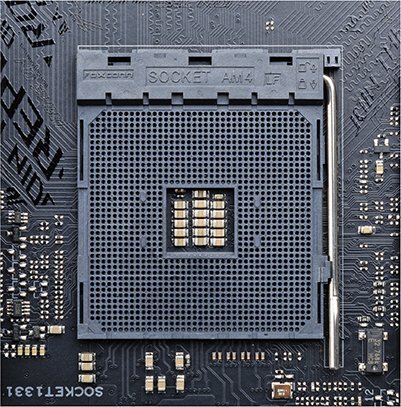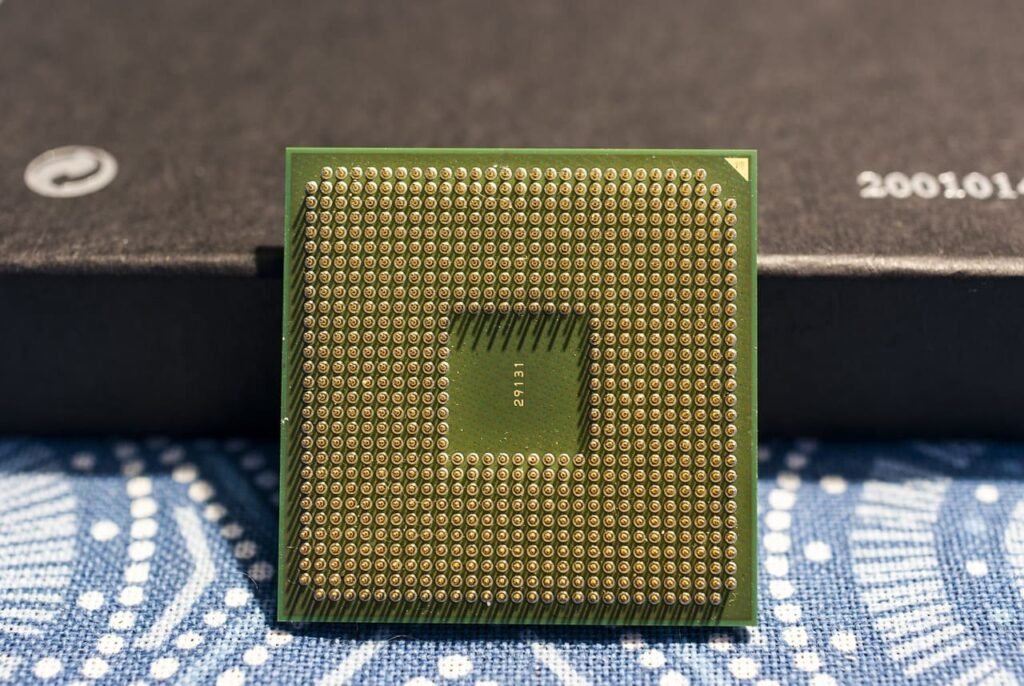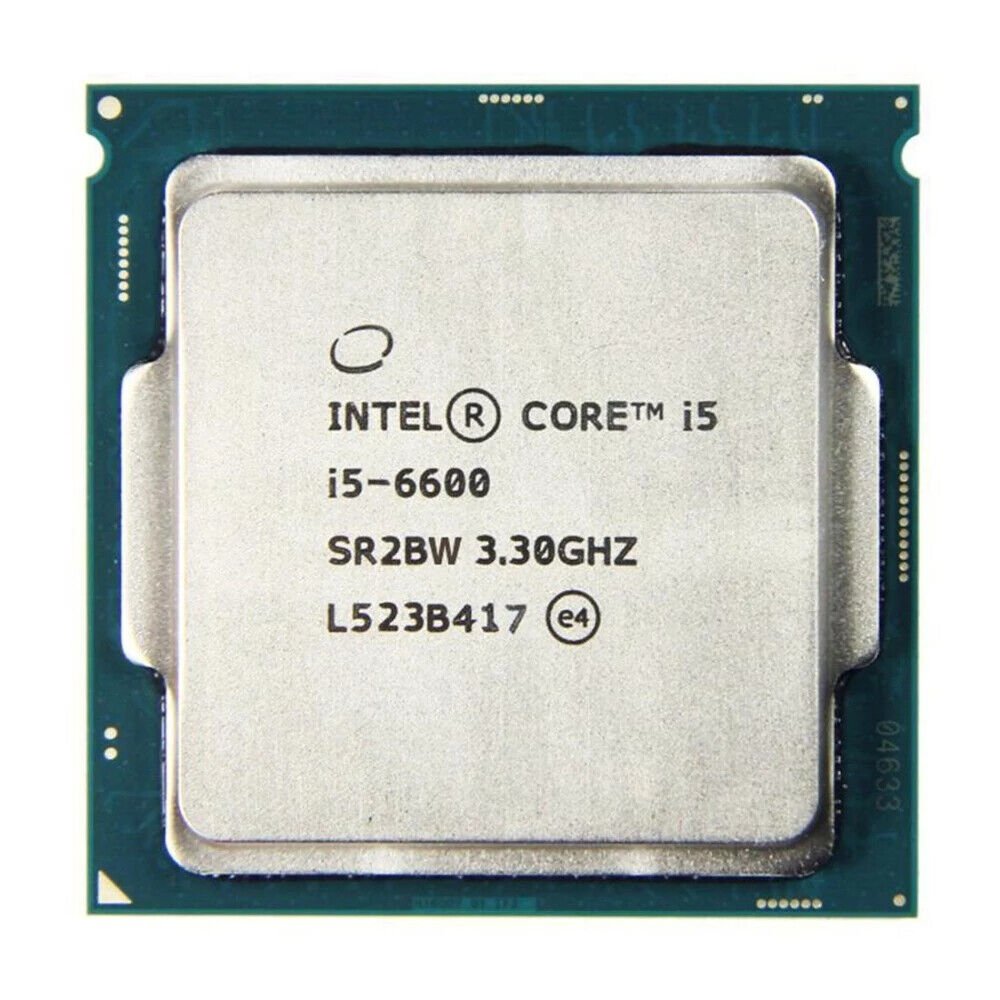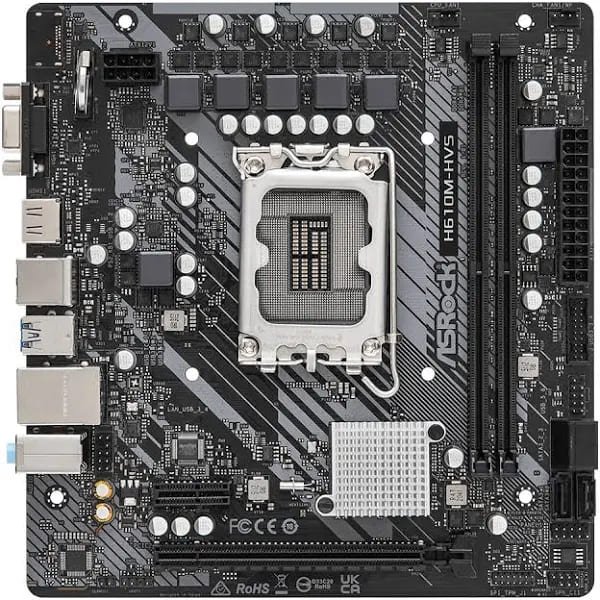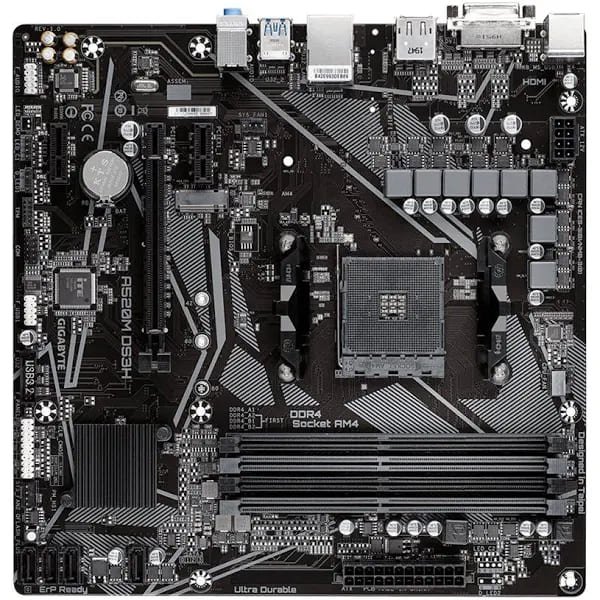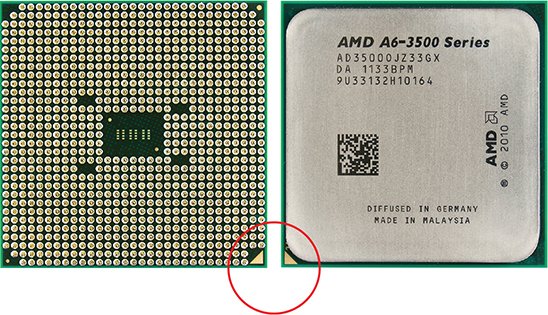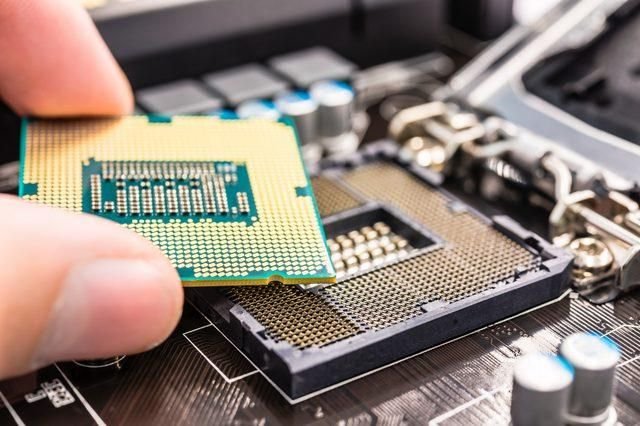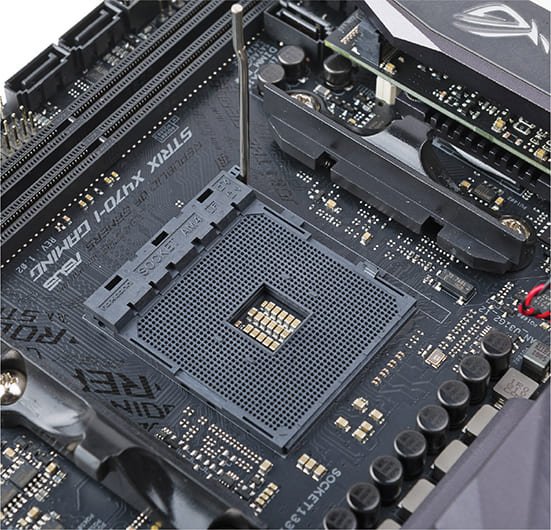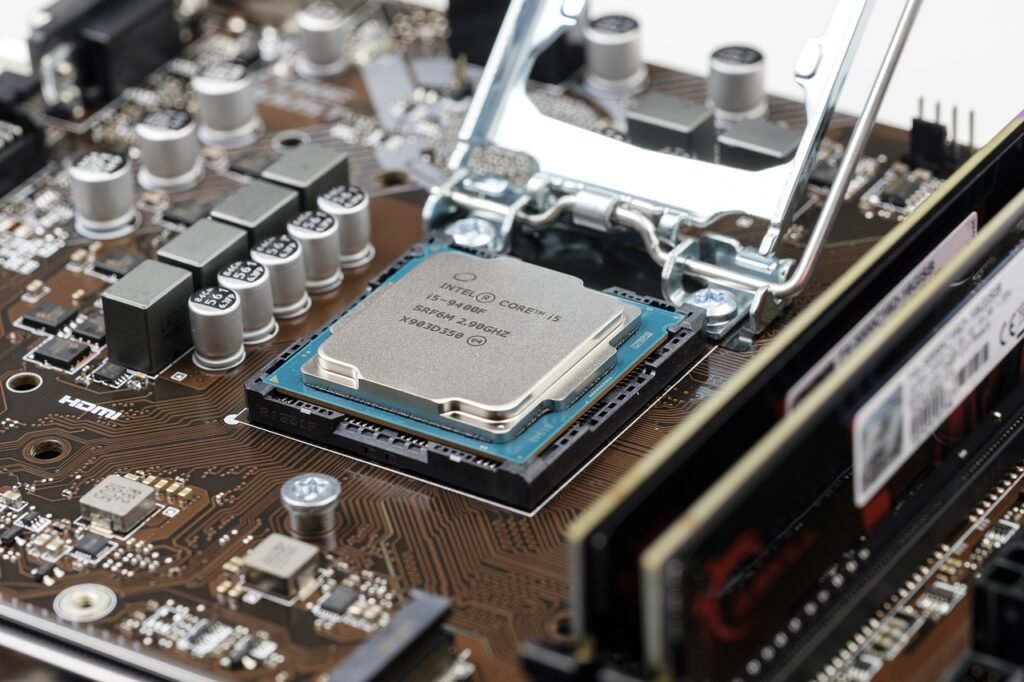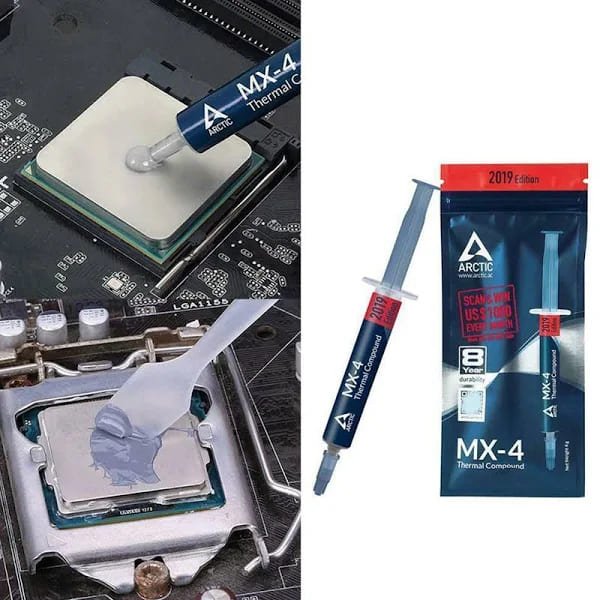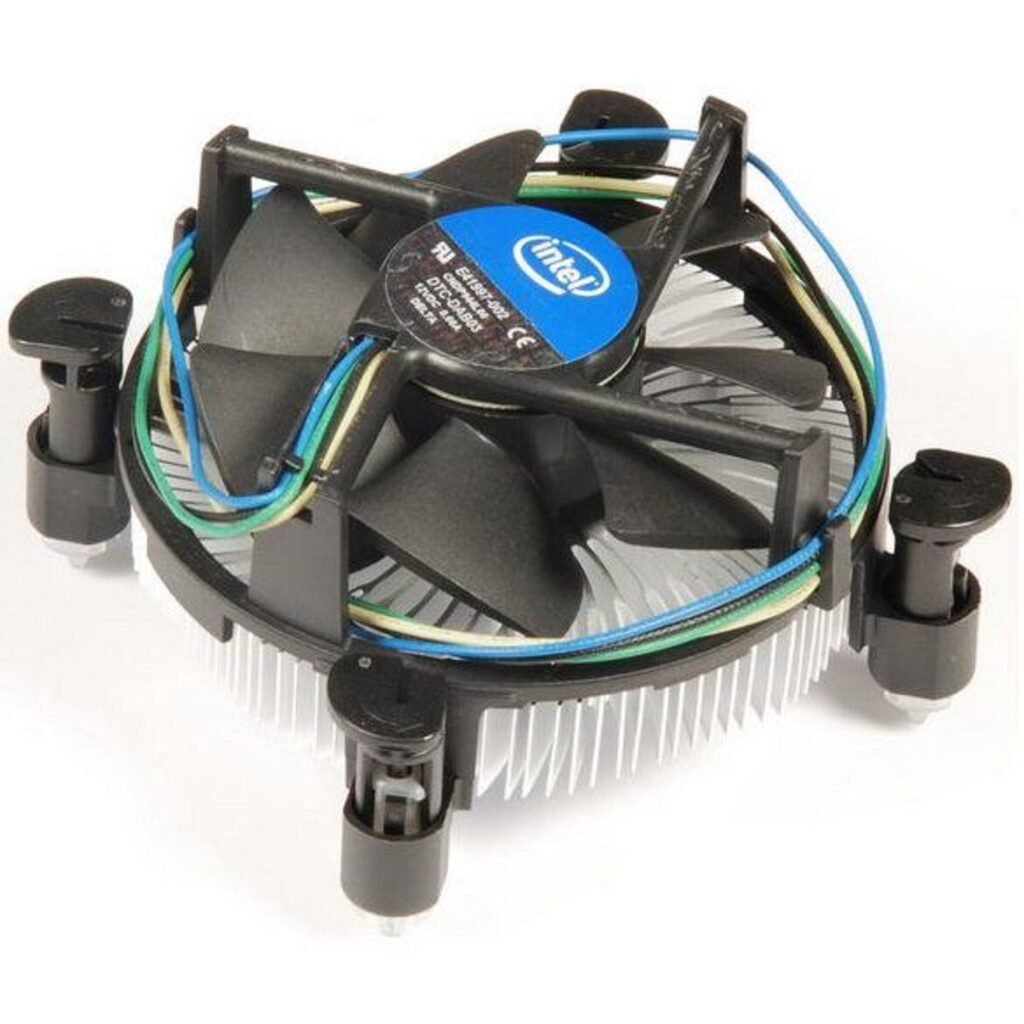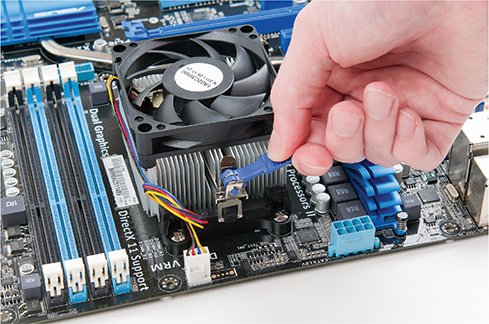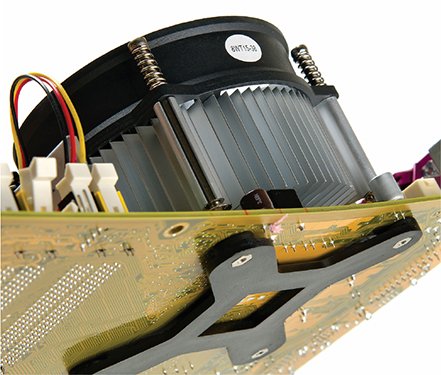A Central Processing Unit (CPU or Processor) is the brain of a computer, responsible for executing instructions and performing calculations. It is a crucial component that determines the overall performance of a computer system. It works closely with other components, such as Random Access Memory (RAM), to ensure smooth and efficient operation.
Starting at age 44, your energy, metabolism, and overall well-being may be silently declining. Don’t wait for symptoms.
CPU and RAM Working Together
Let’s delve deeper into how this relationship works. When you initiate a task on your computer, such as opening a program or running a complex algorithm, the CPU retrieves the necessary instructions and data from the storage device and loads them into RAM. This initial transfer of data from the storage device to RAM is known as the “loading” phase.
Once the data is in RAM, the CPU can access it much faster than if it were to retrieve it directly from the storage device. This is because RAM is significantly faster in terms of data access speeds compared to traditional storage devices. With the data readily available in RAM, the CPU can then execute the instructions and perform the necessary calculations to complete the task at hand.
However, the amount of RAM available plays a critical role in this process. If your computer has insufficient RAM, it can lead to a phenomenon known as “thrashing.” Thrashing occurs when the available RAM is overwhelmed by the data demands of the CPU, forcing it to constantly swap data between RAM and the storage device. This constant swapping significantly slows down the processing speed of the CPU, resulting in a frustratingly sluggish computer experience.
On the other hand, having an adequate amount of RAM allows the CPU to work more efficiently. With enough RAM, the CPU can store a larger amount of data, reducing the need for frequent data retrieval from the storage device. This leads to smoother multitasking, faster program execution, and overall improved system performance.
CPU Performance and RAM Speed
It is important to note that the relationship between CPUs and RAM is not solely dependent on the amount of RAM available. The speed and architecture of the RAM modules also play a significant role. Faster RAM modules can provide quicker data access and transfer rates, allowing the CPU to process instructions more rapidly. Similarly, the compatibility between the Processor and RAM is crucial to ensure optimal performance. Matching the CPU’s specifications with the appropriate RAM modules can enhance the overall efficiency of the system.
CPU Brands and Models
There are several brands that manufacture CPUs, each offering a variety of models with different specifications and performance levels. Some of the prominent brands in the market include:
- Intel
- AMD
- ARM
CPU Intel
Intel is one of the most well-known and widely used Processor brands. They offer a range of models catering to different needs, from entry-level to high-performance CPUs. Their processors are known for their strong single-core performance and compatibility with various software applications.
Intel offers a wide range of models, including their flagship Core i9 processors, which are designed for high-performance computing and demanding tasks such as gaming and video editing. These processors feature high clock speeds, multiple cores, and large cache sizes to deliver exceptional performance. On the other end of the spectrum, Intel also offers entry-level processors like the Pentium and Celeron series, which are more affordable and suitable for basic computing needs.
The location of the pins differs between Intel and AMD CPUs. With Intel-based motherboards, the sockets have hundreds of tiny pins that line up with contacts on the bottom of the CPU. Intel CPUs use a land grid array (LGA) package for socketed CPUs, where the underside of the CPU has hundreds of contact points that line up with the socket pins.
CPU AMD
AMD, on the other hand, provides competitive alternatives to Intel CPUs. They are known for their multi-core processors, which excel in tasks that require multitasking and parallel processing. AMD CPUs are often considered more cost-effective compared to Intel.
AMD’s Ryzen processors have gained popularity in recent years, offering strong competition to Intel. The Ryzen series includes models such as the Ryzen 5, Ryzen 7, and Ryzen 9, each catering to different user requirements. These processors are known for their excellent multi-threading capabilities, making them ideal for tasks that involve heavy multitasking, content creation, and productivity applications. AMD also offers the Athlon series, which provides budget-friendly options for entry-level users.
Unlike Intel CPUs, AMD CPUs have the pins; the sockets have holes. The pins on the AMD pin grid array (PGA) CPUs align with the holes in the sockets.
CPU ARM
ARM CPUs are commonly found in mobile devices and embedded systems. They are known for their energy efficiency and are designed to prioritize power consumption over raw performance.
ARM processors, commonly found in smartphones, tablets, and other mobile devices, have their own lineup of models. These processors are designed to strike a balance between performance and power efficiency, making them ideal for portable devices with limited battery life. ARM processors are known for their low power consumption, allowing for longer battery life without compromising on performance. Manufacturers like Qualcomm, Samsung, and Apple utilize ARM architecture in their mobile processors.
Within each brand, there are different models available, targeting different market segments and user requirements. These models vary in terms of clock speed, number of cores, cache size, and other features. It is important to consider these specifications when selecting a Processor.
CPU Speed
The maximum number of clock cycles that a Processor can handle in a given period of time is referred to as its clock speed. Clock speed is the fastest speed at which a Processor can operate, determined by the CPU manufacturer. Intel 8088 processor had a clock speed of 4.77 MHz (4.77 million cycles per second), extremely slow by modern standards. High-end CPUs today run at speeds in excess of 5 GHz (5 billion cycles per second).
1 hertz (1 Hz) = 1 cycle per second
1 megahertz (1 MHz) = 1 million cycles per second
1 gigahertz (1 GHz) = 1 billion cycles per second
A CPU’s clock speed is its maximum speed, not the speed at which it must run. A CPU can run at any speed, as long as that speed does not exceed its clock speed. Many CPU models have the clock speed printed clearly. Other models might have a cryptic code. In the following figure we can see an Intel Core 5 CPU showing its speed of 3.30 GHZ on one side.
Selecting the Right CPU
When selecting a Processor, it is important to consider factors such as the intended usage, budget, and compatibility with other hardware components. The brand and model of the CPU will play a crucial role in determining the overall performance and capabilities of the computer system. It is advisable to research and compare different models within each brand to find the CPU that best suits your specific needs:
1. Intended Use
The first step in selecting a CPU is determining your specific needs and use case. Are you building a gaming rig, a workstation for video editing, or a budget-friendly computer for everyday tasks? Different use cases require different levels of Processor performance, so it is important to identify your requirements.
If you are a gamer, you will need a Processor that can handle the demands of the latest games, with high clock speeds and multiple cores to ensure smooth gameplay. On the other hand, if you are a video editor, you will need a CPU that can handle rendering and encoding tasks efficiently, with a higher number of cores and a larger cache size to speed up the process.
For everyday tasks such as web browsing, word processing, and multimedia consumption, a budget-friendly CPU with decent performance will suffice. It is important to strike a balance between performance and cost to ensure you are getting the best value for your money.
2. Budget
CPUs come in a wide range of prices, so it is important to establish a budget before making a decision. Determine how much you are willing to spend and look for CPUs that offer the best performance within your budget.
If you have a limited budget, you may have to compromise on certain features such as clock speed or number of cores. However, with advancements in technology, even mid-range CPUs can offer impressive performance for most tasks.
3. Compatibility
Ensure that the CPU you choose is compatible with your motherboard. Check the socket type and chipset compatibility to avoid any compatibility issues.
Most CPUs today use either the Intel or AMD socket types, so make sure to choose a CPU that matches your motherboard’s socket. Additionally, check the chipset compatibility to ensure that your motherboard supports the specific features of the CPU, such as overclocking or integrated graphics.
4. Performance
Consider the performance requirements of your intended use case. Look for benchmarks and reviews to get an idea of how different CPUs perform in real-world scenarios. Pay attention to factors such as clock speed, number of cores, and cache size, as these directly impact performance.
Higher clock speeds generally result in faster processing times, while a higher number of cores allows for better multitasking and improved performance in multithreaded applications. A larger cache size helps to store frequently accessed data, reducing the time it takes for the CPU to retrieve information.
It is important to note that performance is not solely determined by the CPU. Other components such as the graphics card, RAM, and storage devices also play a significant role in overall system performance. Therefore, it is essential to consider the entire system configuration when selecting a CPU.
5. Future Proofing
Consider future upgrades and compatibility. Choose a CPU that will meet your needs in the long run and provide room for upgrades if necessary.
Technology is constantly evolving, and new software and applications may require more processing power in the future. Therefore, it is wise to choose a CPU that offers some level of future-proofing. Look for CPUs that support the latest technologies, such as PCIe 4.0 or DDR4 memory, as these will ensure compatibility with future hardware upgrades.
Additionally, consider the upgrade path offered by the CPU manufacturer. Some CPUs are part of a specific socket and chipset generation, which may limit your options for future upgrades. Choosing a CPU with a broader upgrade path will give you more flexibility in the long run.
By considering these factors, you can make an informed decision when selecting a CPU that best suits your needs and budget. Remember to research and compare different options to find the right balance between performance, cost, and compatibility.
AMD vs. Intel: How to Choose the Right CPU for Your Custom PC
When choosing between Intel and AMD processors for a custom-built computer, several decisive factors should be considered, from performance specifications to cost, compatibility, and specific user needs. Here’s a detailed breakdown of each factor:
Performance Requirements
- Single-Core Performance: Intel processors generally lead in single-core performance, which benefits tasks like gaming or applications that rely on fewer, high-speed cores.
- Multi-Core and Multi-Threaded Performance: AMD’s Ryzen series has gained significant popularity due to its high core and thread counts, making it a better choice for multitasking and tasks like video editing, 3D rendering, and other resource-intensive applications.
Clock Speed and Overclocking Potential
- Base and Boost Clock Speeds: Intel processors typically have higher base and boost clock speeds, which translates to better performance in tasks that prioritize raw speed.
- Overclocking Capabilities: AMD processors (especially Ryzen models) are known for being overclocking-friendly, and many of their processors come with unlocked multipliers. Intel, on the other hand, limits overclocking to its “K” series models, which tend to be more expensive.
Integrated Graphics
- AMD: Many of AMD’s Ryzen processors lack integrated graphics (unless labeled with a “G,” like the Ryzen 5 5600G). This necessitates a separate graphics card for visual output, making it an additional consideration for budget builds.
- Intel: Most Intel processors include integrated graphics (Intel UHD or Iris Xe), making them viable options for general use PCs or budget systems without a dedicated GPU. However, high-end models like Intel’s “KF” series lack integrated graphics.
Price and Value for Money
- AMD processors often offer higher core and thread counts at a lower price point, which can make them more attractive for budget-conscious builders.
- Intel tends to price its processors slightly higher, especially for models with higher clock speeds or integrated graphics. However, Intel’s consistency in gaming performance can justify the cost for gamers looking for optimal frame rates.
Compatibility and Platform Longevity
- Socket and Motherboard Compatibility: AMD’s AM4 socket has provided excellent compatibility across multiple Ryzen generations, giving users flexibility for future upgrades without changing motherboards. Intel changes its sockets more frequently (e.g., LGA1200, LGA1700), which can mean purchasing a new motherboard with each generation.
- Future-Proofing: AMD’s Ryzen processors have maintained backward compatibility across several generations. This is an advantage for users wanting to upgrade their CPU while keeping the same motherboard.
Energy Efficiency and Thermal Management
- AMD’s latest Ryzen processors are based on a 7nm architecture, which generally results in lower power consumption and less heat output, making them more efficient.
- Intel processors have higher power consumption, especially at higher performance levels, so they may require better cooling solutions to avoid throttling under heavy loads.
Purpose of the Build
- Gaming: Intel’s single-core performance advantage often makes it a favorite for gaming setups, where frames per second (FPS) are key. AMD, however, has closed the gap significantly with Ryzen 5000 and 7000 series processors, which now offer competitive gaming performance.
- Content Creation and Multitasking: AMD’s high core and thread counts in Ryzen processors make them ideal for content creators and professionals who require multitasking capabilities, such as for video editing, 3D modeling, and virtual machines.
- General Use and Office Work: Both Intel and AMD offer low to mid-range CPUs suitable for office tasks, web browsing, and media consumption. Intel’s integrated graphics are beneficial for setups that don’t require a dedicated GPU.
Ecosystem and Extra Features
- PCIe 4.0 and PCIe 5.0 Support: AMD was the first to support PCIe 4.0 in mainstream CPUs, which benefits high-speed storage and graphics cards. AMD also introduced PCIe 5.0 support with the Ryzen 7000 series. Intel now supports PCIe 5.0 in its latest models, although AMD remains at the forefront in terms of early adoption.
- Memory Compatibility: AMD’s Ryzen processors tend to perform well with faster RAM, which can enhance gaming and multitasking performance. Intel CPUs are typically less sensitive to RAM speed, though higher RAM speeds still offer slight benefits.
Software and Driver Support
- Driver Stability and Compatibility: Intel has historically offered strong driver support and stability, particularly for professional environments where compatibility is critical. AMD has made significant strides in this area, though Intel retains an edge in certain applications optimized for Intel architectures.
Brand and Reliability Perception
- Customer Loyalty and Brand Reputation: Intel has been a long-time leader in the CPU market, and its reputation for performance and stability has kept it a trusted choice. AMD’s Ryzen processors, however, have reshaped the market, offering robust performance at competitive prices, winning over many loyal users.
- Warranty and Support: Both companies offer comparable warranties, although personal experience with reliability and brand loyalty often influences the decision for consumers who prioritize support.
The choice between AMD and Intel processors ultimately depends on the intended use, budget, and performance preferences. AMD’s Ryzen CPUs are ideal for multitasking, content creation, and future-proofed builds, while Intel’s processors generally cater to gamers and users needing single-core performance. By evaluating each of these factors, users can make an informed decision suited to their unique computing needs.
CPU Installation
Installing a CPU requires careful handling to avoid damaging the delicate pins or the socket on the motherboard. Here are the general steps for CPU installation:
1. Prepare the Motherboard
Ensure that the motherboard is placed on a non-conductive surface and remove any protective covers from the CPU socket.
Motherboard for Intel CPU
Motherboard for AMD CPU
2. Align the CPU
Identify the correct orientation of the CPU by matching the notches or markers on the CPU with those on the socket. All CPUs and sockets have guides so that it is not easy to insert them incorrectly. Gently place the CPU into the socket without applying any force.
3. Secure the CPU
Once the CPU is correctly placed, gently lower the socket lever to secure the CPU in place. The lever should lock without excessive force. Consult the motherboard manual for specific instructions.
4. Apply Thermal Paste (if necessary)
Before inserting the heat sink and fan assembly, you need to add a small amount of thermal paste. Many heat sinks come with some thermal paste already on them in the form or a thermal pad. If you need to put thermal paste on from a tube, know that you need to use only a tiny amount of this compound. Spread it on as thinly, completely, and evenly as you can. This helps with heat transfer between the CPU and the heat sink or cooling solution.
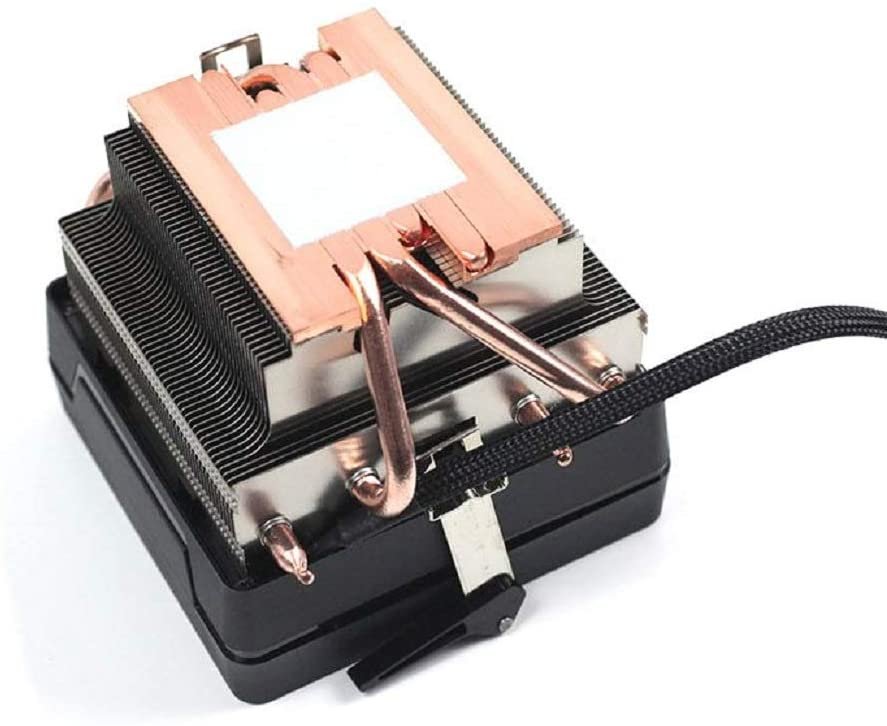
5. Install the Cooling Solution
Almost every CPU uses a combination of a heat sink and fan assembly to wick heat away from the CPU. A heat sink is a copper or other metal device designed to dissipate heat from whatever it touches. Once you have a heat-sink and fan assembly sorted out, you need to connect it to the motherboard. Check the motherboard manual if you have trouble locating the CPU fan power standout. You can secure heat sinks in various ways, depending on the manufacturer. You have to remove the motherboard from the case or install the heat sink before you put the motherboard in the case.
If that’s the case, attach the cooling solution, whether it’s an air cooler or liquid cooler, according to the manufacturer’s instructions. Ensure that it is securely fastened to prevent any movement that may damage the CPU.
CPU Troubleshooting
If you encounter any issues with your CPU, here are some troubleshooting tips:
1. Overheating
If your CPU is overheating, check that the cooling solution is properly installed and functioning. Ensure that the fans are spinning and the heatsink is making good contact with the CPU. Consider reapplying thermal paste if necessary.
2. Compatibility Issues
If you experience compatibility issues, double-check that the CPU is compatible with your motherboard. Ensure that you have the latest BIOS version installed, as motherboard manufacturers often release updates to improve compatibility.
3. System Instability
If your system is experiencing crashes or instability, it could be due to an unstable CPU overclock or insufficient power supply. Reset any overclocking settings to default and ensure that your power supply can provide enough power for the CPU and other components.
4. Slow Performance
If your CPU is not performing as expected, ensure that you have the latest drivers and software updates installed. Additionally, check for any background processes or applications that may be consuming excessive CPU resources.
Remember, if you are unsure about any aspect of CPU installation or troubleshooting, it is always recommended to seek professional assistance or consult the manuals and support resources provided by the CPU and motherboard manufacturers.
By following these installation steps and troubleshooting tips, you can ensure a successful CPU installation and address any potential issues that may arise. Properly installing and maintaining your CPU is crucial for optimal performance and longevity of your computer system.
Discover More of Technology Splendor: Explore Our Other Sites
Your Health is your Best Investment
Energy, clarity, and balance are the foundation of every dream. Without health, wealth loses its shine and relationships lose their spark. Discover strategies to strengthen your body, sharpen your mind, and energize your spirit.
Learn How to Protect It →Relationships Give Life Meaning
Health gives you energy. Wealth gives you freedom. But only deep, authentic relationships give life true purpose. Discover the tools to connect, love, and communicate at your best.
Improve your Personal and Business Relationships